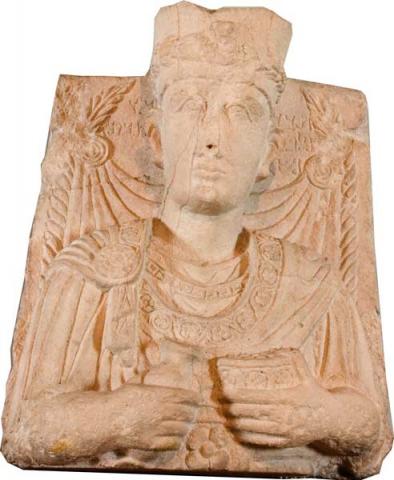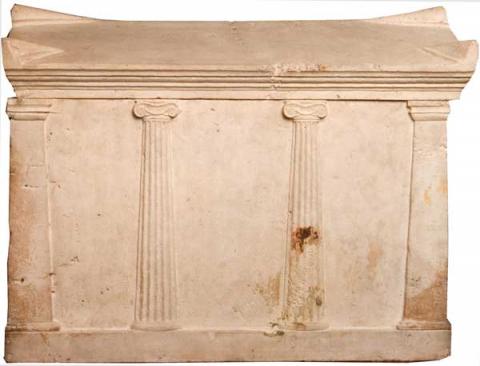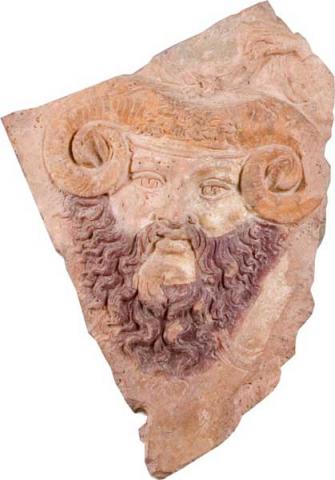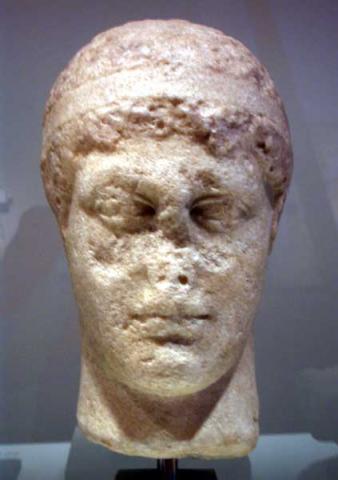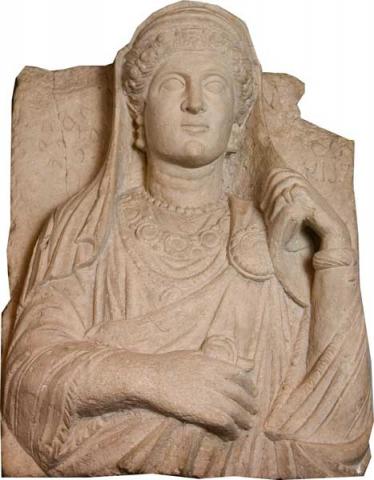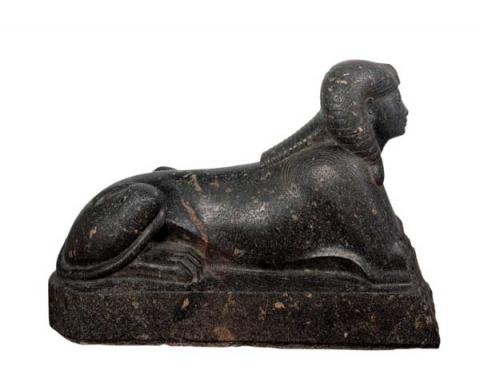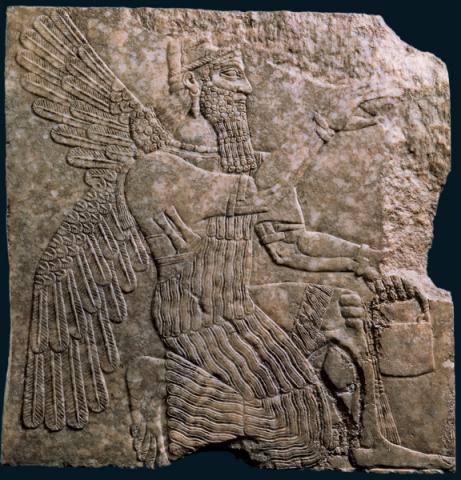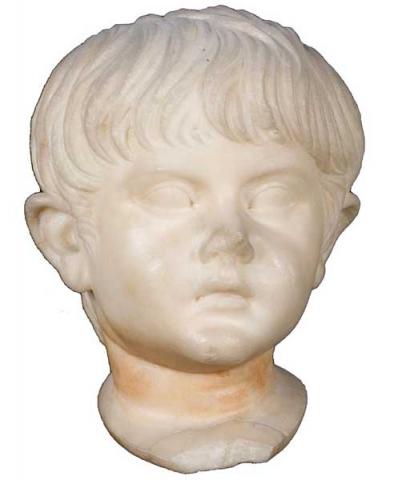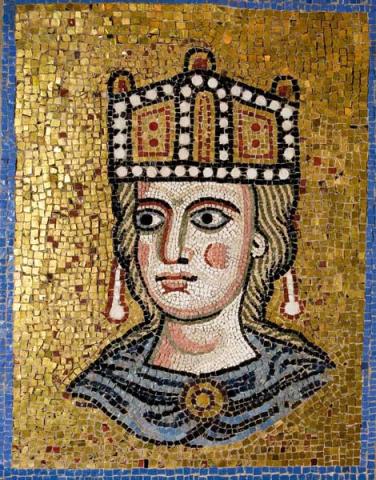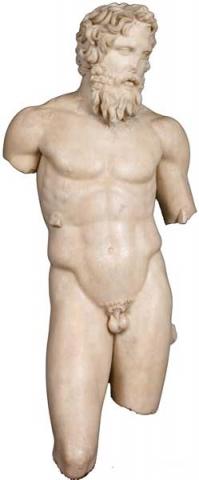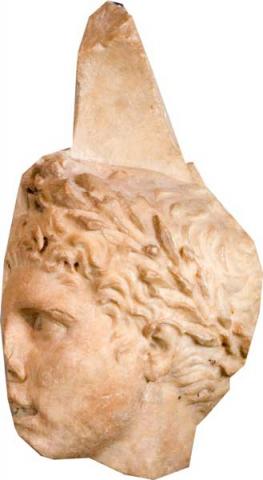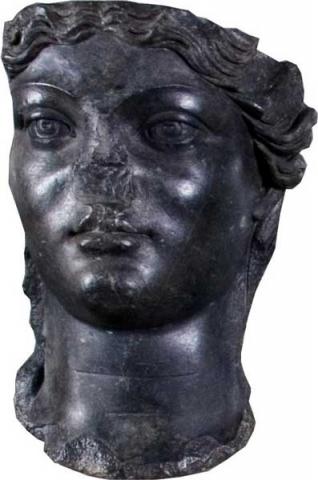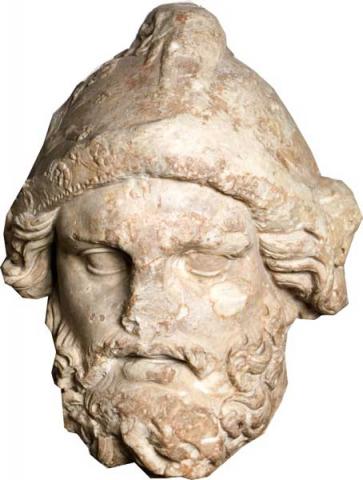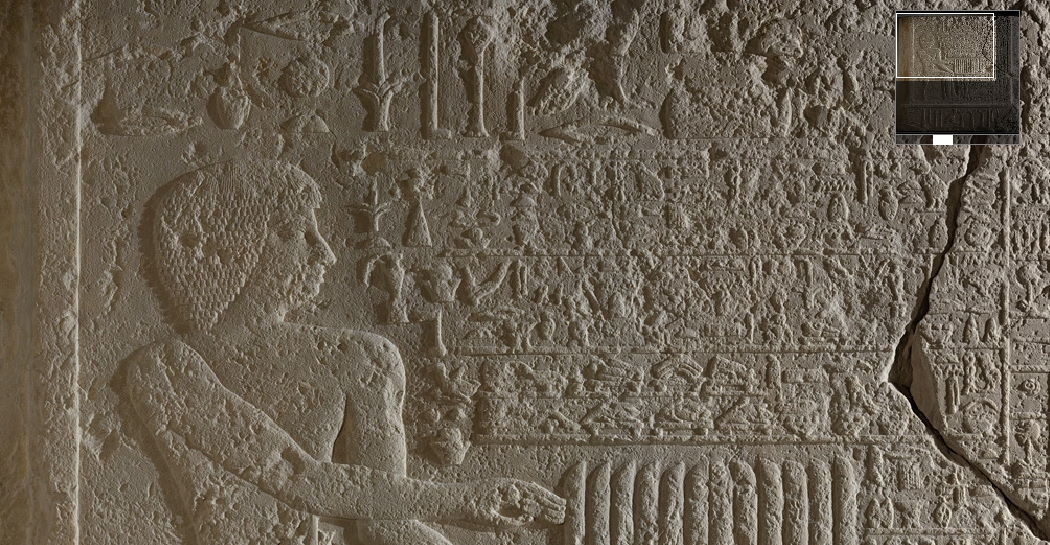Roman and Medieval art
In an overall view of Roman art, one can identify a fairly complex series of factors that contributed to the formation of a highly structured artistic language, a language which reflected the history and society of a people that ruled and influenced a huge territory for many centuries.
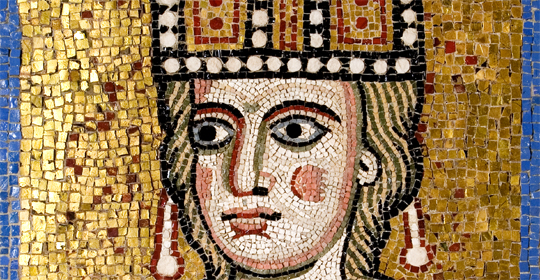
One of the most important factors was described by Horace in a few telling words: “Conquered Greece captivated her fierce conqueror, and brought the arts to rustic Latium.”
Greek culture and art bewitched the Romans, and led to their adoption and reinterpretation of representational models developed in the Greek world. This phenomenon overlaid and intertwined with an artistic tradition of Etruscan and Italic origin, one rooted in the history of the peoples who had inhabited the peninsula for thousands of years.
Together with an “imported” artistic culture that generated a proliferation of “Roman copies of Greek originals,” made to meet the huge demand for artworks to decorate public places and private homes, there was an enormous development of specific genres, such as portraits and historical reliefs, that accompanied and explained the history of the city and the empire until its fall.
The immense heritage of representational art created by classical civilization was the basis for the whole of European art in later times, though it generated differentiated original forms in different places and periods.
Giovanni Barracco’s long route through the history of art reaches its end with the works displayed in the Room 9, “several thousands of years after its starting point, which goes back to the first dynasties of the kings of Egypt,” as he wrote in the first catalog of his prestigious collection, published in 1893.
